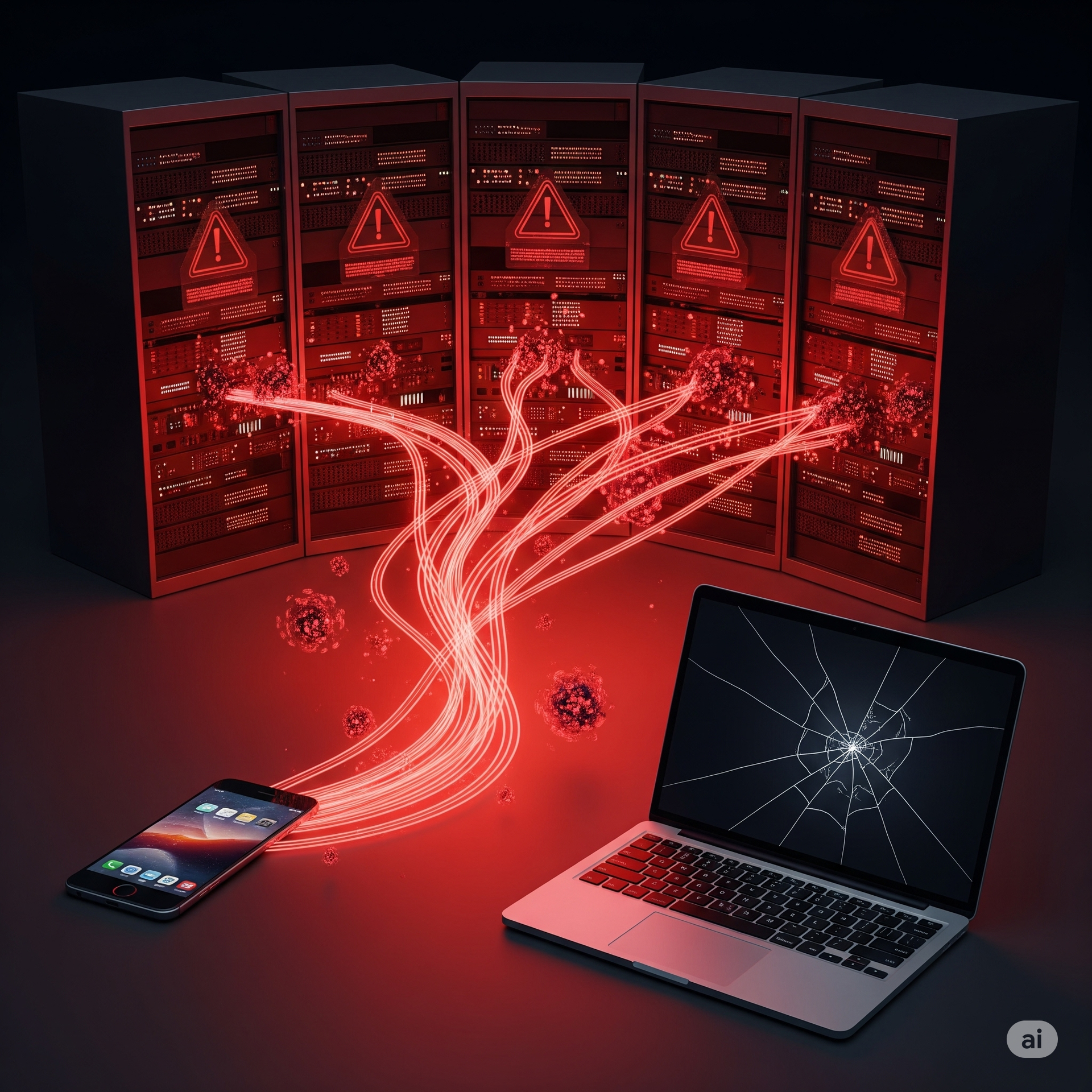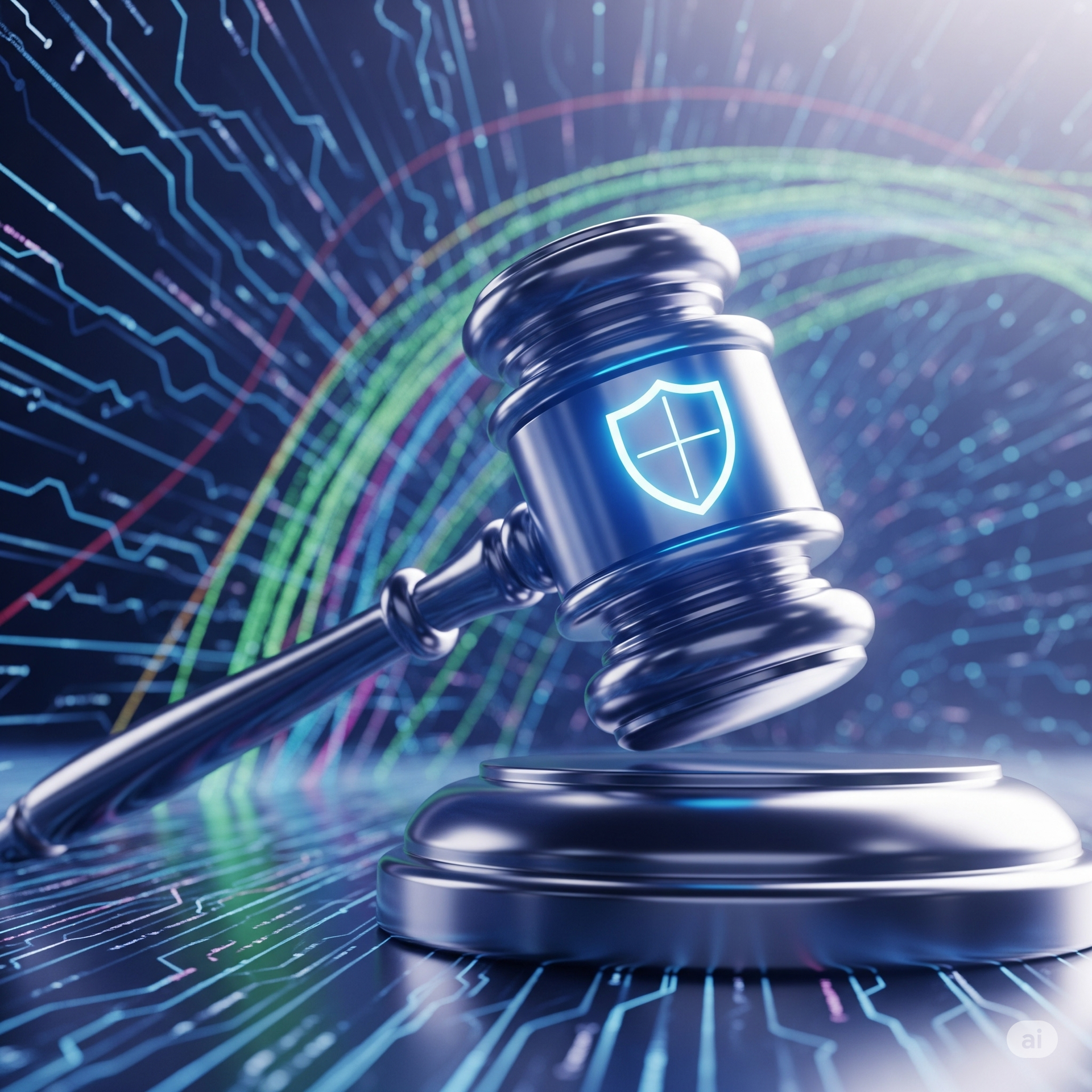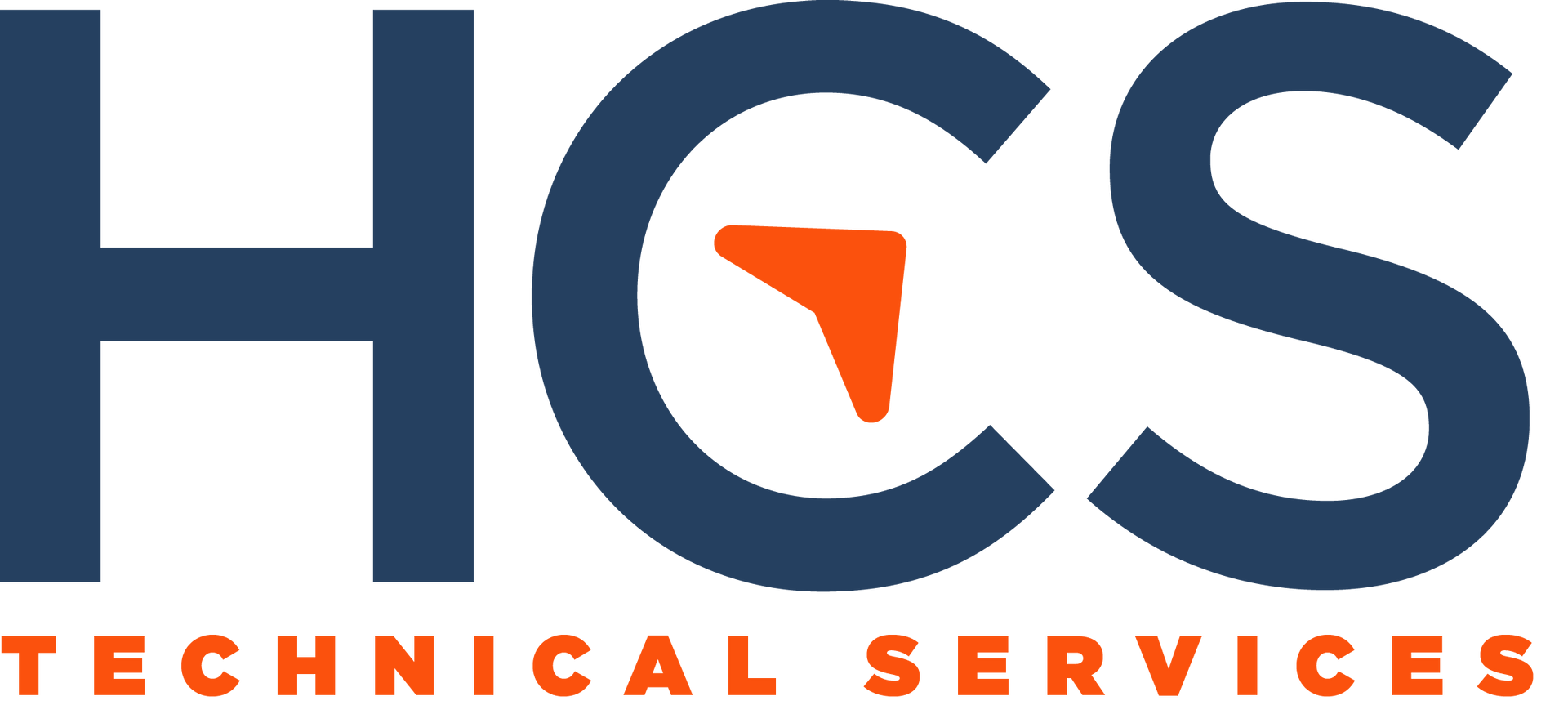Leveraging Technology to Combat Disinformation and Misinformation Spread
Leveraging Technology to Combat Disinformation and Misinformation Spread

Understanding the Challenge of Disinformation and Misinformation
In the digital age, misinformation and disinformation have emerged as significant challenges. These are defined as false or misleading information. Misinformation is shared without harmful intent, whereas disinformation is deliberately deceptive. The proliferation of online platforms and social media channels has accelerated the spread of both, impacting public opinion and decision-making processes. Disinformation campaigns can have far-reaching consequences, influencing elections, public health responses, and societal trust. Traditional media channels have lost the monopoly on information dissemination, making it easier for bad actors to spread false narratives. This creates a complex information environment where distinguishing between factual and fraudulent content is difficult. For governments, businesses, and individuals, addressing this issue is imperative. The challenge lies not only in identifying and curbing these falsehoods but also in understanding their origin and impact on public discourse.
The Role of Technology in Detecting Disinformation
Technology plays a pivotal role in identifying and countering disinformation. Advanced algorithms, artificial intelligence (AI), and machine learning tools are now being employed to scan vast amounts of online data to detect patterns and sources of misinformation. These tools can analyze content for accuracy, monitor social media for emerging false stories, and track the source and spread of disinformation. For instance, AI programs can flag fake news by cross-referencing claims against verified data and identifying phony accounts that amplify misleading narratives. Furthermore, blockchain technology offers potential in verifying data authenticity. By creating a traceable path of information source and modifications, it helps establish credibility. However, while technology provides powerful tools for detection, it's essential for these systems to be complemented by human oversight to address nuances in language and context that machines may overlook. The integration of technology with human expertise forms the backbone of an effective strategy against misinformation.
Empowering Users with Digital Literacy
While technology aids in detection, empowering users with digital literacy is crucial for combating misinformation. Digital literacy equips individuals with the skills to critically evaluate information, discern credible sources, and spot manipulative or biased content. Educational programs focusing on media literacy should be integrated into curricula and workforce training, providing people of all ages the tools to navigate the complex digital landscape. Key elements include understanding the structure of online communication, recognizing bias, and questioning the credibility and motivation behind information sources. Interactive workshops, online courses, and public awareness campaigns are effective ways to enhance digital literacy. Furthermore, encouraging skepticism and analytical thinking can help users resist the influence of disinformation. By fostering a well-informed community, we can reduce the impact of misinformation and promote a culture of truth and transparency.
Collaboration Among Stakeholders
Addressing the spread of disinformation is not a task for a single entity—it requires collaboration across multiple sectors. Governments, tech companies, and civil society must work together to develop and enforce policies that prevent the spread of false information. Tech companies, in particular, have a critical role as they design the algorithms that govern information flow on social media platforms. Implementing stronger regulations concerning content verification and accountability for information shared on their platforms is necessary. Moreover, cross-border cooperation can help in creating frameworks that align international standards and practices. Governments can enact policies promoting transparency and accountability while respecting free speech. Civil society organizations can aid by promoting digital literacy and building information infrastructures resilient to manipulation. Through collaborative efforts, stakeholders can create a unified front against misinformation and its deleterious effects on society.
Developing a Resilient Information Ecosystem
Building resilience in our information ecosystem is essential for tackling misinformation effectively. A resilient system is one where fake news and disinformation have a minimal impact on public perception and decision-making. This requires robust verification systems, transparent data sharing, and accountable journalism. Encouraging media outlets to adhere to high standards of reporting and engaging them in proactive fact-checking practices is vital. Similarly, transparency in data collection and dissemination processes can help build public trust. Resilience also involves creating backup systems that protect information integrity in the face of deliberate contamination attempts. The fostering of an environment where truth holds more value than sensationalism can help promote a more informed society. By investing in infrastructure and practices that emphasize truth and accountability, we can advance towards a future where misinformation finds less fertile ground to take root.
HCS Technical Services











